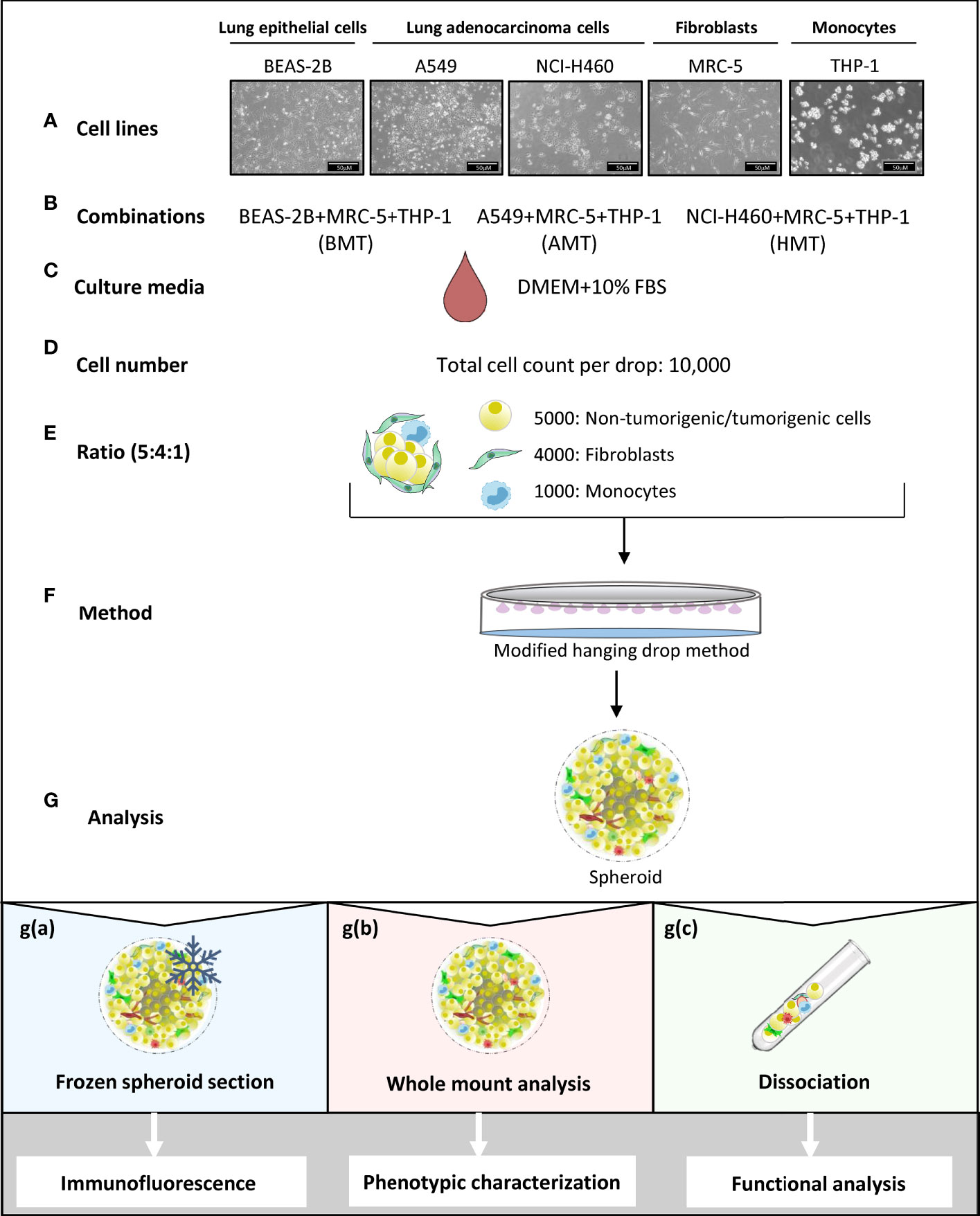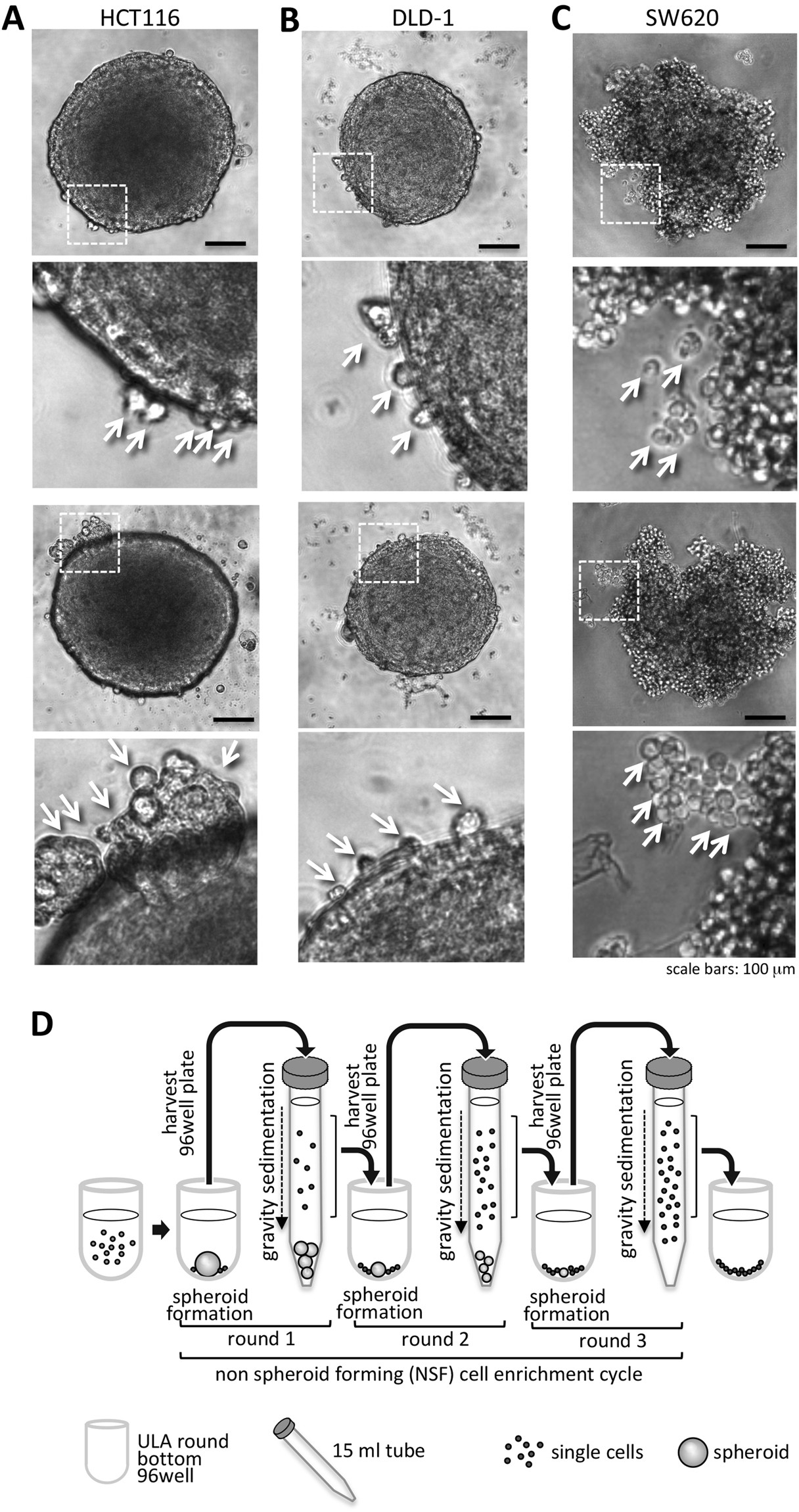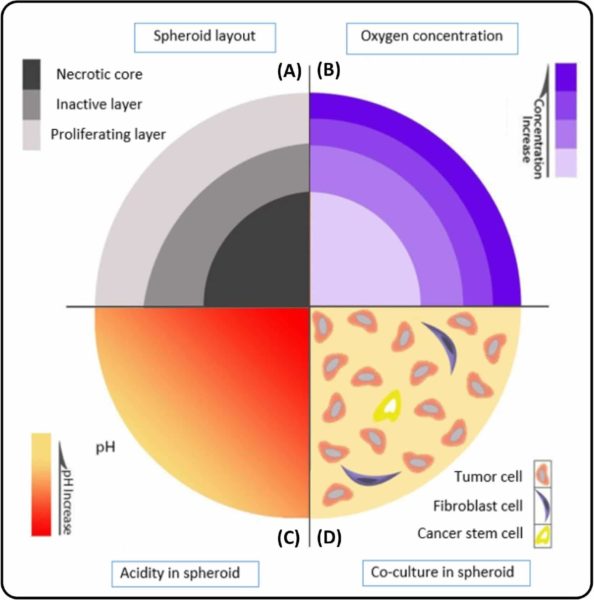Morphology of breast cancer 3D cellular aggregates generated by hanging
$ 22.50 · 4.7 (84) · In stock

Download scientific diagram | Morphology of breast cancer 3D cellular aggregates generated by hanging drop technique. a Bright-field images of cellular aggregates generated from 2500, 5000 and 8000 cells after 1, 3, 4 and 6 days of culture and the variation in time of their (b) diameter and (c) circularity. Columns represent mean value ± S.D. relative to Day 0 sample (n = 5). The asterisks correspond to statistical significance of aggregates generated in Day 3, 4 and 6 relative to those generated in Day 2. *P < 0.05, **P < 0.01, ***P < 0.001 vs. Day 2. Scale bar: 500 µm from publication: Biological properties and development of hypoxia in a breast cancer 3D model generated by hanging drop technique | Hanging drop represents a simple approach designed for the generation of 3D models that have potential to be used for the study of solid tumors characteristics. The aim of the study was to develop and characterize the breast cancer 3D cellular models obtained through hanging | Hypoxia, Anoxia and Breast Cancer | ResearchGate, the professional network for scientists.

Biomaterial-based in vitro 3D modeling of glioblastoma multiforme

Anca DINISCHIOTU, Professor (Full), PhD, University of Bucharest, Bucharest, Unibuc, Department of Biochemistry and Molecular Biology

Schematic representation of possible 3D cell morphology. a

POR Three Dimensional Cell Culturing for Modeling Adrenal and Pituitary Tumors

An Introduction to Organoids, Organoid Creation, Culture and Applications

Frontiers Development of a Multicellular 3D Tumor Model to Study Cellular Heterogeneity and Plasticity in NSCLC Tumor Microenvironment

Anca DINISCHIOTU, Professor (Full), PhD, University of Bucharest, Bucharest, Unibuc, Department of Biochemistry and Molecular Biology

Spherical Cancer Models in Tumor Biology - ScienceDirect

Exclusion from spheroid formation identifies loss of essential cell-cell adhesion molecules in colon cancer cells

Mihaela RADU (BALAS), Researcher, PhD in Biology, University of Bucharest, Bucharest, Unibuc, Department of Biochemistry and Molecular Biology

Spheroids – 4Dcell